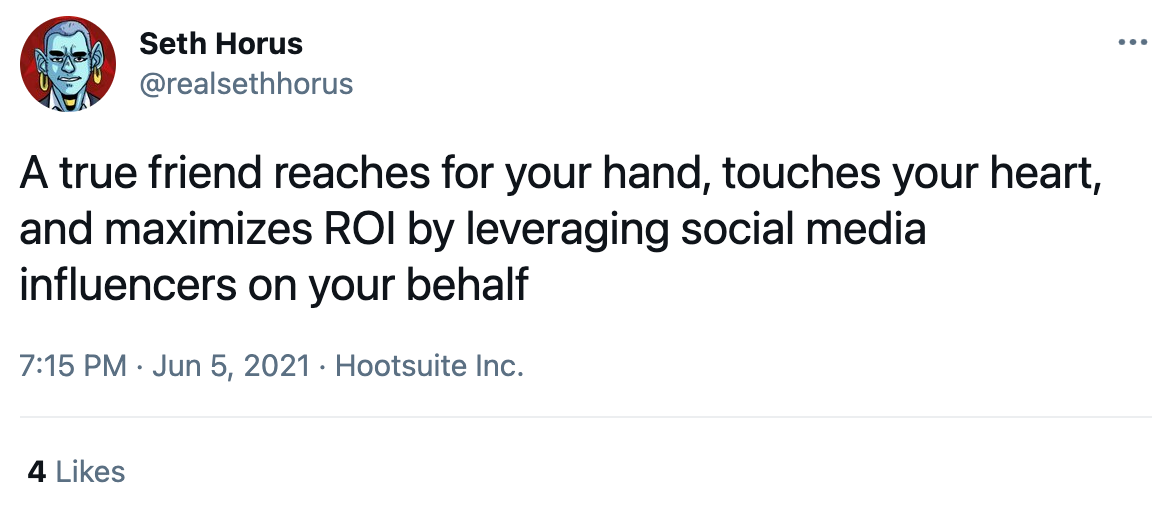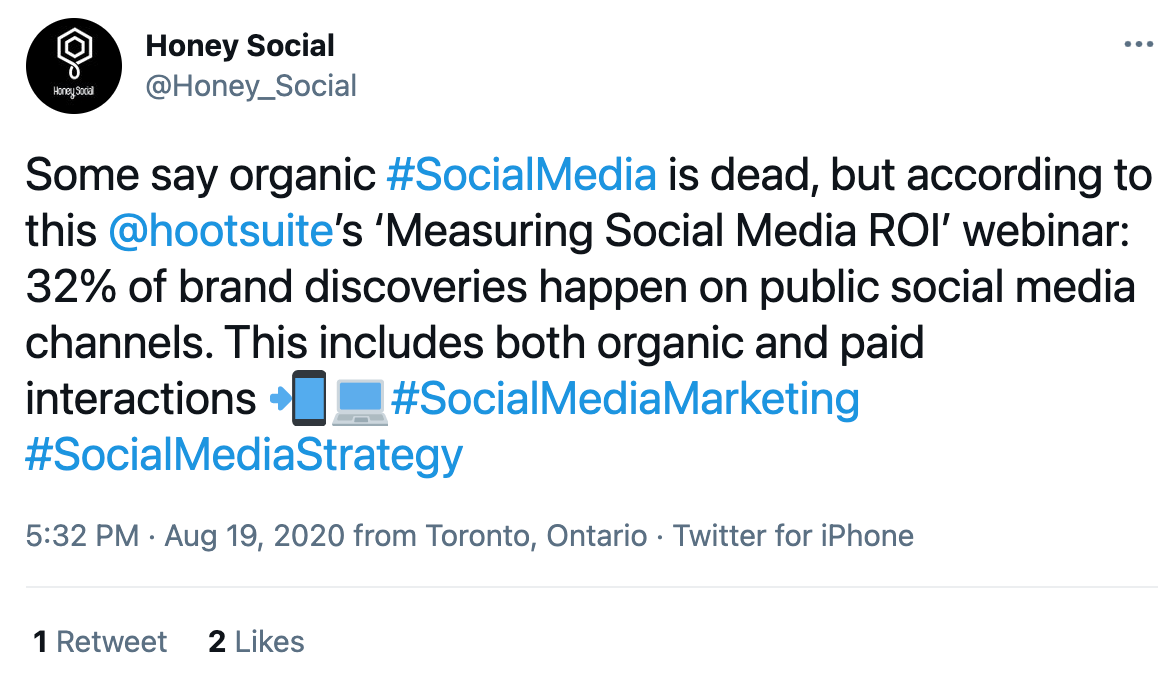Social media is one of the most powerful tools a business can use in order to create brand awareness, generate more traffic, and engage with customers. It's been estimated that about 2/3 of American adults are on social media at least once a day.
However, many companies fail to get a higher return on investment (ROI) from their social media efforts. This is typically because they simply don't know what they're doing. Listed below are seven strategies you can implement today. Your company can get a higher ROI from social media starting today.

Every business owner and marketer should create a social media marketing plan. With that in hand, they'll remember the goals of their campaigns from start to finish.
First things first. You need to decide what your desired outcome is. You can't reach it if you don't know where it is. Once your goal has been established, you must determine which platforms will be most effective in reaching this particular demographic or group of people.
This may vary by industry. However, LinkedIn tends to work well as an online portfolio site while Instagram is better for making businesses appear more "personal." Make sure that all employees are on board with the new strategy and have time allocated daily/weekly for each platform being used.
You can't do much social media ROI optimization if you don't know your existing ROI. This is why it's important to measure your results and set time-bound goals for yourself. For example, produce five new posts per week, post a minimum of one photo/day, etc.
It may be helpful to use Google Analytics or another platform that will allow you to track the engagement rates on each social media site as well as where in the world viewers are coming from. Analytics can help you optimize by targeting markets with higher ROIs and eliminating ones that don't provide much return.
Don’t forget about internal measurement tools either. These benchmarks can show how your employees interact both positively and negatively and affect company culture, brand image, etc. Email tracking can provide additional insight here since email interactions often result from social media connections. You might also want to consider using NPS or other surveys periodically to see what your customers like and don't like about your company.

Prior to posting, make sure that you know your target audience extremely well. You want to post content that will consistently appeal to them.
Be sure you know the latest trends in your industry. Create posts around those topics. They won't get old or stale as quickly, which can result in losing followers over time.
Consider posting about events happening within your company that could benefit customers. These could include new product releases, company announcements such as the updating of a privacy policy, etc. These can be another way of showing potential followers how committed your business is to providing value for them via social media.
Maybe you’ve chosen a niche market with an active community such as foodies who love cooking or pet owners who love to share photos of their pets online. This type of engagement strategy may work perfectly for better social media ROI.
If your business is based on appointments, make sure you transform your social media profile into a method for booking meetings. Apps such as Booksy let you incorporate a book button into your profiles on social media like Instagram, Facebook, and Google My Business.
Keep in mind that if you only post content and never engage with your followers, you may come across as too self-promotional. If you’re posting about a new product or service, for example, mention how customers can find out more information on the company website.
Consider which types of posts will resonate most with people in your niche market. They'll be more eager to like and comment on them, especially if they contain photos or short videos.
If relevant, add hashtags within your caption when uploading images to Instagram or Facebook to help increase visibility. However, be sure not to overuse tags!
Engaging followers helps establish credibility and rapport. This could lead prospects into a higher ROI down the road by generating leads via their social media network.
Consider a contest to engage your followers and increase visibility. Incentivize participants with something related to your company such as product samples, sweepstakes, etc.
Pay attention to what gets shared on Facebook and Twitter other than your content. Segmenting those audiences will help you identify key influencers in your niche market who could help generate more ROI on social media channels.
According to Zonka Feedback, churn can increase by up to 15% if businesses fail to respond to customers over social media.

While this may seem counterintuitive, going for a partnership with a complementary company in the same industry or category actually increases your chances of generating new leads. Of course, this doesn't mean sharing any and all content that matches your industry. Just the really good stuff.
Make sure to only share posts that can appeal to your customers and are in accordance with your company's values and culture.
When it comes to social media ROI, quality always matters more than quantity. You won't want to post too often. That can start to feel spammy and irritate your followers. However, you also don't want to post too infrequently, either.
It's a common misconception that posts have diminishing returns the more frequently they're shared. It's actually quite the opposite. When you share content consistently over time, people are more likely to remember it from one day or a week ago. This is a result of the exposure they've had, head-on, with your messaging over time. That means every individual tweet has an equal chance of being seen by someone who didn't notice it before.
The optimum frequency for posting is between once per day and three times per day. Of course, this depends on your audience size and the volume of entries posted each day. This will differ from industry to industry, too. Looking at what your competition is doing is always a great benchmark! It can let you know where to start.
One of the best ways to leverage social media is by starting to use lead nurturing tools like HubSpot. Tools such as this are great for following up with potential customers and building relationships over a period of time in order to turn them into leads or clients. Again, make sure that you don't come across as "spammy."
Another technique of lead nurturing is being active in social media communities. Facebook groups work great, as do LinkedIn discussions. Join in on conversations. Share insights from your blog posts with the group when you post them.
To make the most of your social media marketing plan, be sure to measure results. This will help you understand what content is working well and which topics are less popular.
Once you know this information, adjust accordingly. Post more often on those subjects that resonate with customers or followers. It's also important to engage with others by liking their posts and commenting when necessary. Share other relevant content from similar pages like yours in order to grow your audience base organically over time.
Lastly, don't forget about lead nurturing. There are many benefits for digital marketers if they use these strategies correctly. Give them a try and adjust as you go.